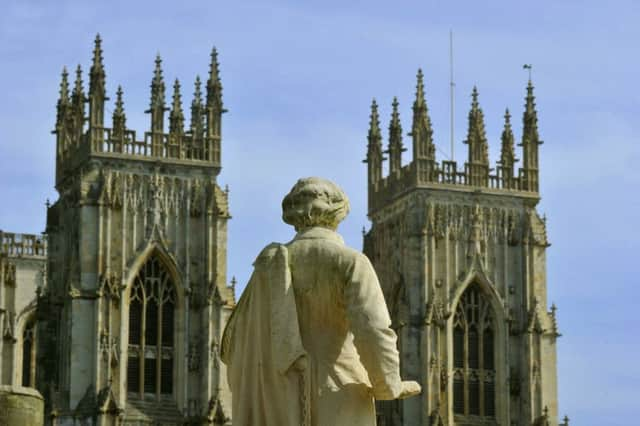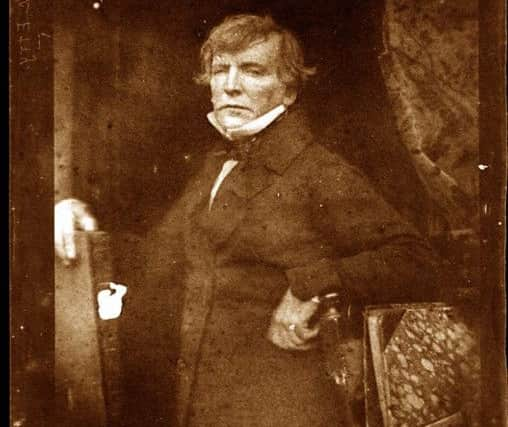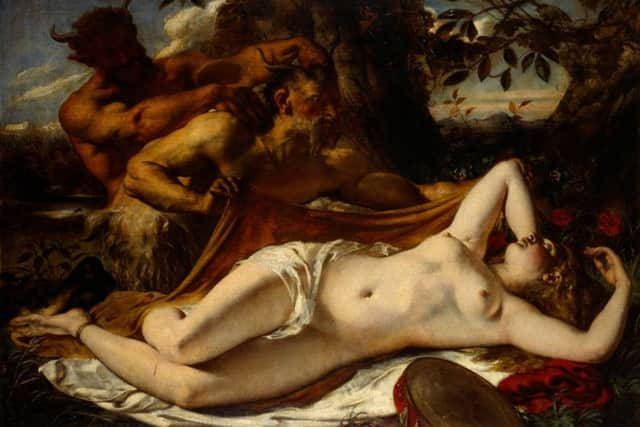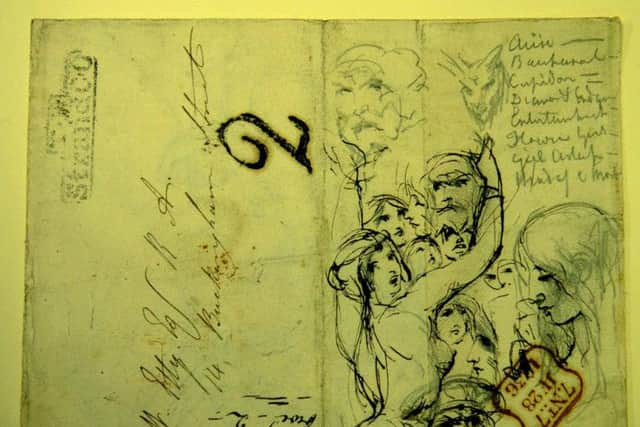230 today: Forgotten painter of nudes who helped save York's medieval walls


The artist William Etty, largely forgotten now, was known in his time for his paintings of nudes. His works are exhibited across Britain.
Though he moved to London, he never lost his love for York, and when Victorian politicians clamoured to demolish the city’s medieval Bar Walls, it was Etty who campaigned to save them.
Advertisement
Hide AdAdvertisement
Hide AdThe city’s Lord Mayor, the “railway king”, George Hudson, led the movement to tear down the walls, lest they stand in the way of progress.


Hudson paid in excess of £3m at today’s prices to the corporation for the privilege taking his railway lines where he wanted and the city fathers must have wondered if similar windfalls might follow if they acceded to demands and knocked down the walls.
It had been tried before. In 1800, a campaign led by York business people and local newspapers drew up a petition which they presented to Parliament. They asked for an Act to be passed permitting them to widen streets and get shut of medieval bits which stood in the way. In the event, wholesale demolition was not approved although short stretches of the walls were flattened.
At that time there was not a lot to be said for these relics of bygone ages. They were in a poor state of repair and in places had fallen down where local builders had plundered the stone.
Advertisement
Hide AdAdvertisement
Hide AdEtty was outraged at what was being proposed. In 1837 he thundered in the letters page of a local newspaper: “Beware, I say again how you destroy antiquities – guard them with religious care, they are what gave you a decided character and superiority over other provincial cities – you have lost much – take care then of what remains...”


Etty’s voice counted. He was a local lad made good. Indeed more than good. At this point he was the most famous painter in the country. Etty was a name with far more lustre than Turner or Constable.
His plea to keep things as they were rested on an idealised vision of a pastoral Olde England. However impractical, it found an echo among people who could see in the north of England the green and pleasant land shrivelling almost by the day as the railways expanded and the smoky industrial cities spread outwards.
Etty’s impassioned argument for doing nothing was proved right. In a few short years, the most symbolic act by the progressives – George Hudson’s knocking through of the bar walls – was revealed as a folly.
Advertisement
Hide AdAdvertisement
Hide AdHis station was in the wrong place for trains to get in and out. Another bigger station was soon built close by for through trains and it presented no threat to the walls at all. A move which had originally been deemed forward-thinking now looked more like an act of vandalism.


Hudson went bankrupt after his dubious financial practices were exposed, and his reputation was ruined.
Etty, meanwhile, retired in 1848 to the wooden cottage in York he had kept on The Mount as a weekend escape.
He bought a house close to where he grew up, near to what is now the City Screen on Coney Street. He was dead a year later.
Advertisement
Hide AdAdvertisement
Hide AdHe left a major body of work, mostly kept in his native city and his other artistic legacy was the York School of Design he helped set up which became the School of Art.
And those old walls of course. He kept up his attacks on the “vandals” who wanted rid of them almost to the end. By the time he died about half of them had been safeguarded.